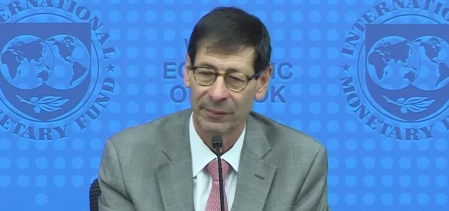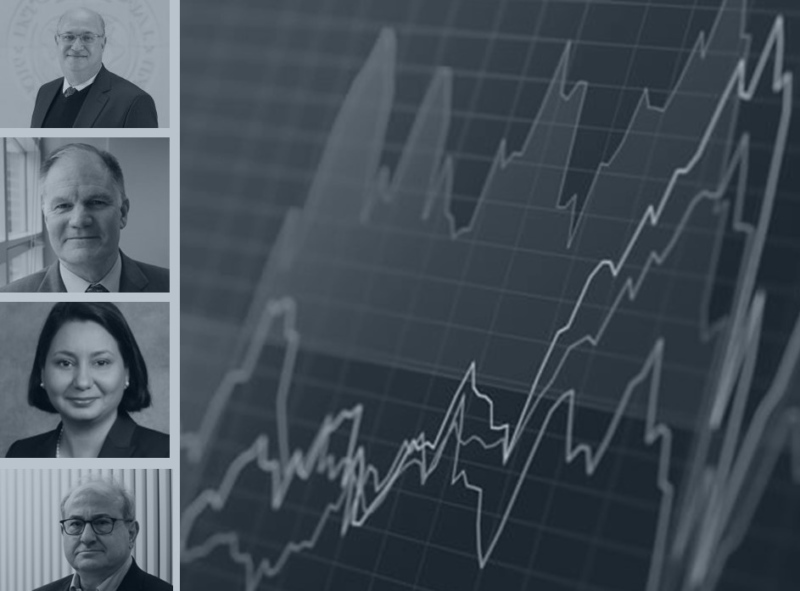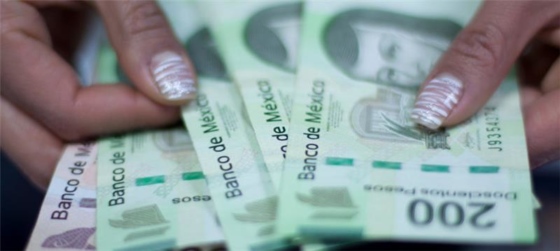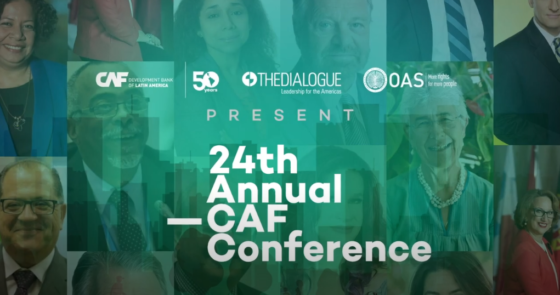
What Will It Take for Latin America to Pick Up Growth?
The IMF lowered its economic growth forecast for the region in July. Will the economy worsen this year, or will there be a turnaround?
On February 16, 2022, the Inter-American Dialogue’s Corporate Program hosted a private roundtable for members to meet with Ilan Goldfajn from the IMF, Bill Maloney from the World Bank and Fitch Ratings’ Shelly Shetty to discuss the economic outlook for Latin America and the Caribbean. Michael Shifter, president of the Inter-American Dialogue, moderated the discussion.
The conversation started with remarks on the slower-than-expected economic recovery in Latin America and the Caribbean (LAC) for 2022. After a short recovery from the pandemic-related economic crisis, the region is now underperforming. As one speaker put it, “Latin America is stalled and the mood is grumpy.”
The group discussed the possible reasons behind the change.
General predictions for the future were not optimistic, since the economic recovery will be slowing to growth of about 2.4 percent on average for LAC countries.
Other than stimulating growth, additional challenges the region will face include inflation, with prices up 8.3 percent on average, and the fiscal consolidation policies that will need to be implemented. Central banks have been managing monetary policy well, one speaker noted, bit it is important that this continues.
Moreover, slower growth rates in China and higher interest rates in the United States will likely make external financing tighter. Exchange rates have been depreciating in the region, while commodity prices have been up. This is not a typical correlation, one speaker noted.
Looking ahead, one speaker suggested that Latin American state-owned companies must diversify away from commodities such as mining, in ways that companies in Asia have been able to do.
And finally, several political risks pose threats the regional economic outlook this year, such as social tensions, clashes over investment and development plans, and election cycle uncertainty, with key presidential races in Brazil and Colombia coming up.
The IMF lowered its economic growth forecast for the region in July. Will the economy worsen this year, or will there be a turnaround?
What would a Universal Basic Income system look like in Latin America and the Caribbean, and what unintended consequences might such a system bring?
On September 9, 10, and 11, 2020, over 6,000 participants from around the world convened virtually for the 24th Annual CAF Conference to discuss the most pressing issues facing the Western Hemisphere.
 Main photo: QuoteInspector.com
Main photo: QuoteInspector.com

 Video
Video